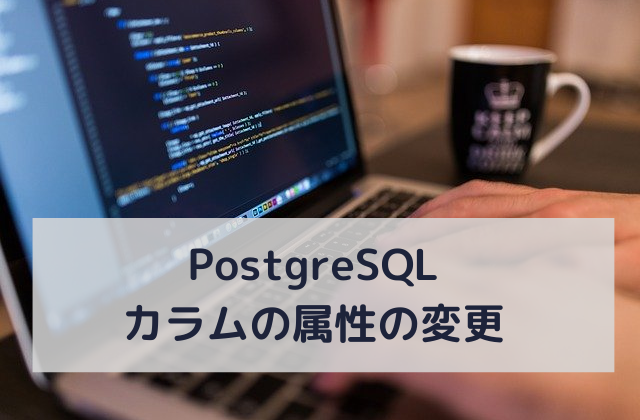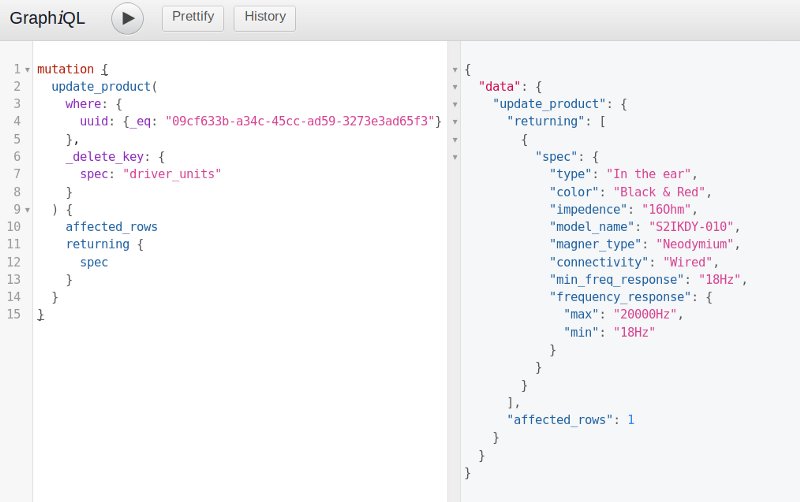

Keep in mind however that the default value must satisfy the given constraints, or the ADD will fail. ALTER TABLE thetable ALTER COLUMN colname TYPE integer USING (colname::integer) Note that you may have whitespace in your text fields in that case, use: ALTER TABLE thetable ALTER COLUMN colname TYPE integer USING (trim(colname)::integer) to strip white space before converting. The following ALTER TABLE statement modifies the size of the Address column of the. Different databases support different ALTER TABLE syntax to modify the column data type and size. Like all enum literals, it needs to be quoted. The ALTER command is a DDL command to modify the structure of existing tables in the database by adding, modifying, renaming, or dropping columns and constraints. The new value to be added to an enum type's list of values, or the new name to be given to an existing value.
#ALTER DATA TYPE IN POSTGRES SERIAL#
In fact all the options that can be applied to a column description in CREATE TABLE can be used here. The data type of the attribute to add, or the new type of the attribute to alter. In case you would like to achieve the same effect, as you are expecting from using serial data type when you are altering existing table you may do this: CREATE SEQUENCE myserial AS integer START 1 OWNED BY address. You can also define constraints on the column at the same time, using the usual syntax:ĪLTER TABLE products ADD COLUMN description text CHECK (description '') Data Types 31st August 2023: PostgreSQL 16 RC1 Released Documentation PostgreSQL 15 Supported Versions: Current ( 15 ) / 14 / 13 / 12 / 11 Development Versions: 16 / devel Unsupported versions: 10 / 9.6 / 9.5 / 9.4 / 9.3 / 9.2 / 9.1 / 9.0 / 8.4 / 8.3 / 8.2 / 8.1 / 8.0 / 7.4 / 7.3 / 7.2 / 7.1 Chapter 8.
#ALTER DATA TYPE IN POSTGRES UPDATE#
To avoid a potentially lengthy update operation, particularly if you intend to fill the column with mostly nondefault values anyway, it may be preferable to add the column with no default, insert the correct values using UPDATE, and then add any desired default as described below. However, if the default value is volatile (e.g., clock_timestamp()) each row will need to be updated with the value calculated at the time ALTER TABLE is executed.

Instead, the default value will be returned the next time the row is accessed, and applied when the table is rewritten, making the ALTER TABLE very fast even on large tables. To migrate back using the first element would be something like: ALTER TABLE test.testid ALTER COLUMN testid TYPE INTEGER USING testid 1::INTEGER Note that arrays are 1-indexed by default. Suppose we have table userdata with a column dateofbirth which took timestamp earlier, but now we want it to store only date.

From PostgreSQL 11, adding a column with a constant default value no longer means that each row of the table needs to be updated when the ALTER TABLE statement is executed. ALTER TABLE tablename ALTER COLUMN columnname TYPE newdatatype USING expression eg.


 0 kommentar(er)
0 kommentar(er)
